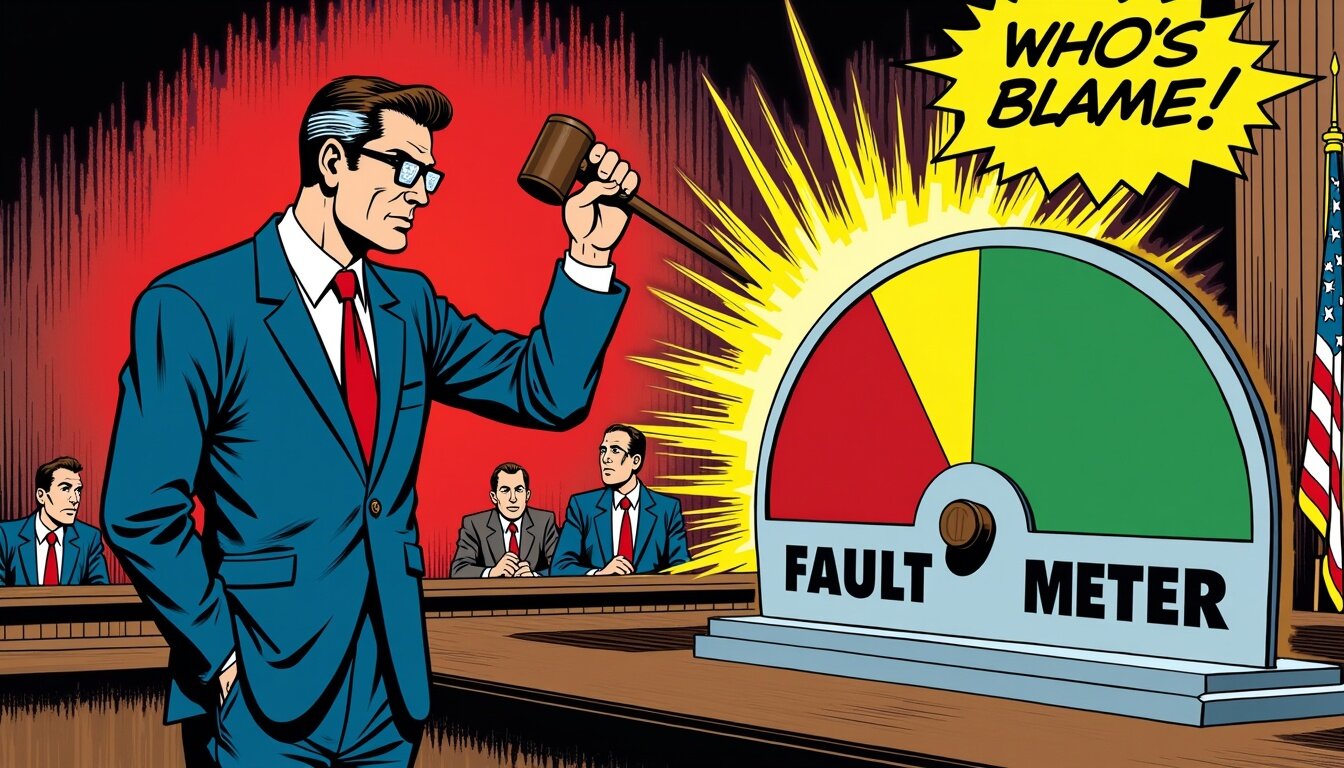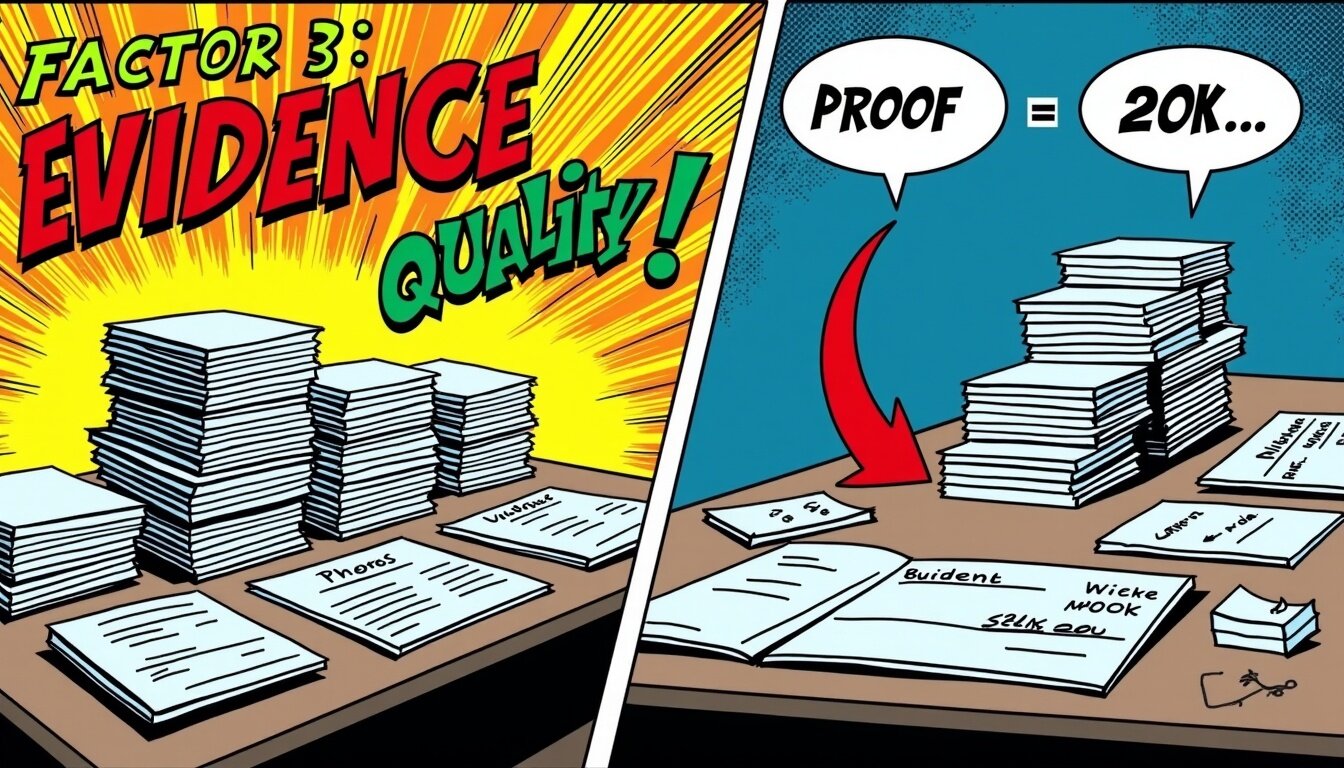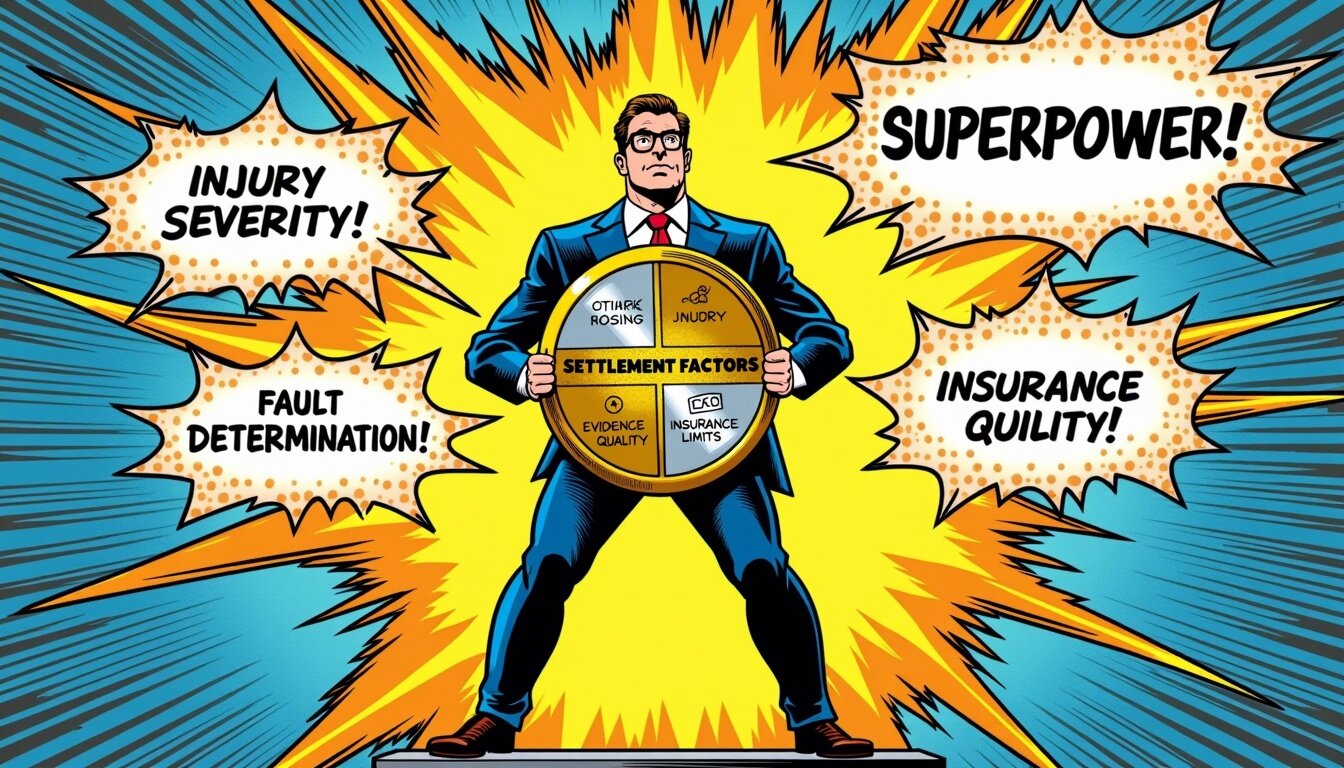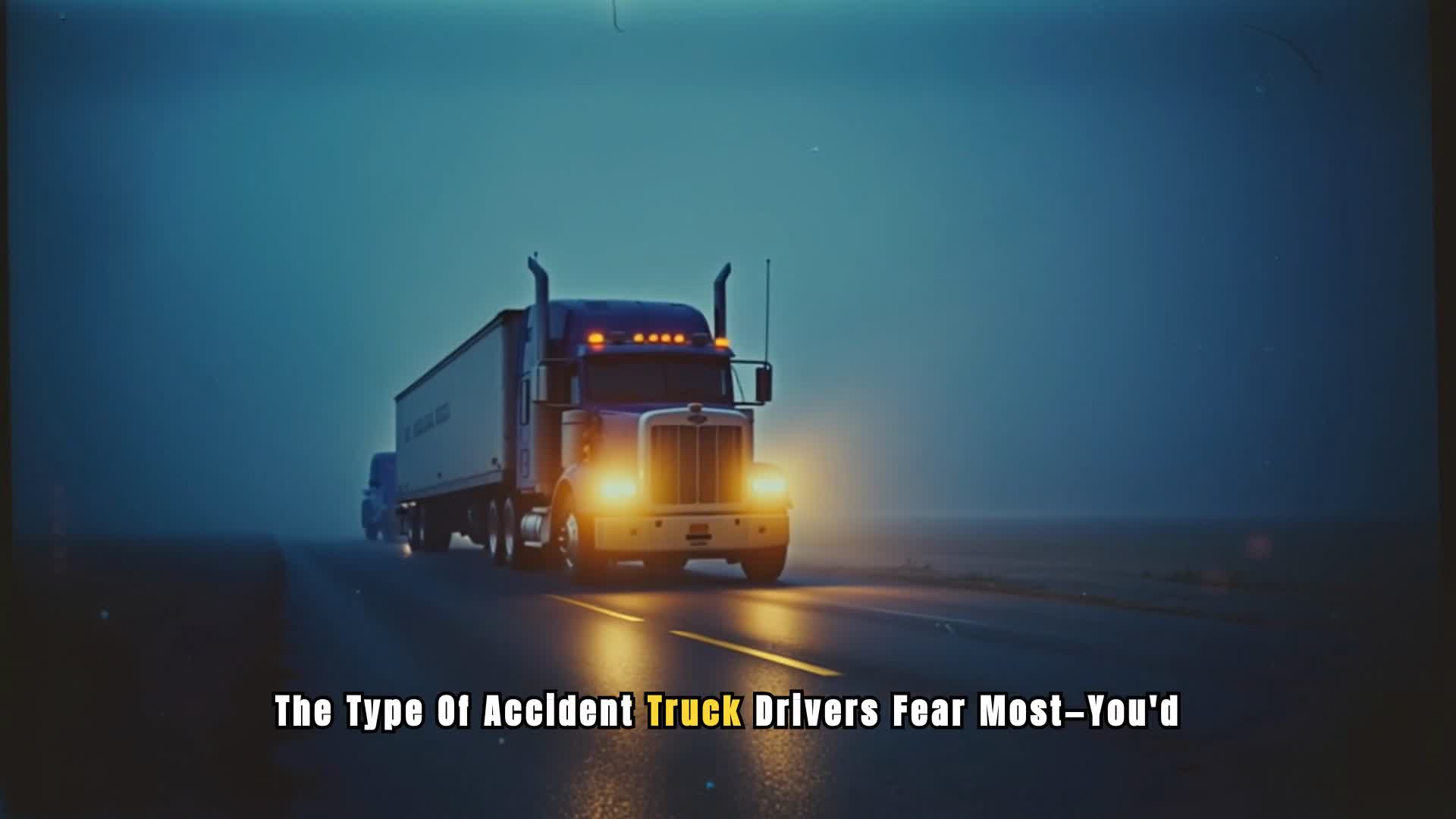Car Accident Settlements: What Influences the Payout?
Ever wondered why two people in the same car crash get wildly different settlements? This video breaks down the key factors that determine whether you get $20K or $200K after an accident. Understanding these elements could be the difference between fair compensation and being shortchanged. #personalinjury #caraccident #legaleducation #settlements #insurance
Have you ever been in a car accident and wondered how two people, shaken up in the same crash, can end up with settlement checks that look nothing alike? I get it—it feels unfair, confusing, almost comic-book-crazy.
So let’s break that mystery with some real talk and a punch of bright 80s comic book drama.
Picture this: two folks, same wreck, sitting across from each other in a courtroom. One’s clutching a $20,000 check looking totally defeated. The other, beaming, waves a fat $200,000 payout. You gotta ask—how does that happen?
The truth? Settlements depend on four epic showdown factors:
1. The Severity of Your Wounds:
A little bump and a handful of doctor bills? Expect a modest payout. But major pain—think surgeries, lifelong rehab, mountains of medical charts—can make your settlement leap into superhero territory.
2. Who Really Caused the Accident?
If it’s clear you’re blameless, your compensation stays high. But if the evidence points to you sharing some fault? The money shrinks—fast.
3. Proof Power:
Got clean photos, thorough medical records, reliable witnesses, police reports? That’s like collecting comic power-ups—every bit of proof stacks up your settlement.
4. Insurance Policy Limits:
Sometimes, a payout maxes out simply because the other guy’s insurance has a hard ceiling. No matter how bad your injuries or tight your evidence, you can’t collect more than the policy allows.
So, yeah, it’s complicated! That wild difference between $20K and $200K comes down to these four factors. If you want what’s fair, you need to know what counts—because justice favors those who understand the game.
If you’re digging for answers after a crash, or just want to protect your rights, stick around. Making choices with knowledge is like gearing up in your own legal superhero suit.
Knowledge = your superpower.
Stay sharp, stay informed, and don’t settle for less.







Tip: Use this prompt in Reela'sAI Video Generator to easily create your own unique version in minutes.





